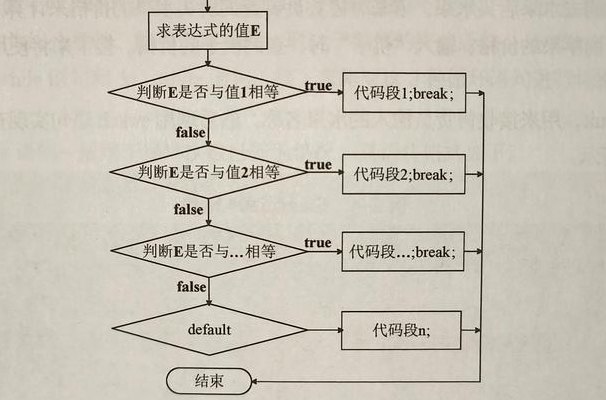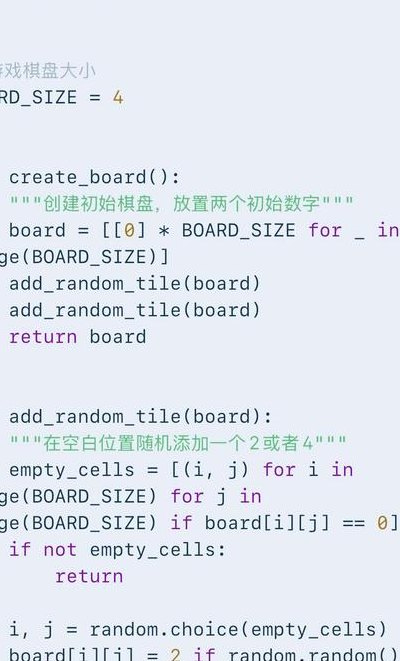目录
基本概念与作用说明基本概念作用说明如何从父页面调用 iframe 中的 JavaScript 代码示例一:直接调用 iframe 中的函数iframe 内容 (iframe.html)父页面内容 (index.html)示例二:通过事件监听器调用 iframe 中的函数iframe 内容 (iframe.html)父页面内容 (index.html)示例三:跨域调用 iframe 中的函数iframe 内容 (iframe.html)父页面内容 (index.html)示例四:从 iframe 调用父页面中的函数iframe 内容 (iframe.html)父页面内容 (index.html)示例五:动态创建和插入 iframe父页面内容 (index.html)功能使用思路与技巧模块化开发依赖管理性能优化安全性考虑实际开发中的使用技巧基本概念与作用说明
基本概念
iframe 是 HTML 中的一个标签,用于在当前页面中嵌入另一个完整的 HTML 页面。iframe 具有自己的独立文档对象模型(DOM),因此可以独立于主页面进行渲染和交互。
作用说明
内容隔离:iframe 可以将嵌入的内容与主页面隔离开来,避免样式和脚本的冲突。动态加载:通过 iframe 可以动态加载外部资源,提高页面的加载速度和用户体验。跨域通信:虽然默认情况下,不同域的 iframe 和主页面之间不能直接通信,但可以通过postMessageAPI 实现跨域通信。如何从父页面调用 iframe 中的 JavaScript 代码
示例一:直接调用 iframe 中的函数
假设我们在 iframe 中定义了一个函数sayHello,我们可以在父页面中直接调用这个函数。
iframe 内容 (iframe.html)
<!DOCTYPE html><html lang="en"><head> <meta charset="UTF-8"> <title>Iframe Content</title> <script> function sayHello() { console.log('Hello from iframe!'); } </script></head><body> <h1>Iframe Content</h1></body></html>父页面内容 (index.html)
<!DOCTYPE html><html lang="en"><head> <meta charset="UTF-8"> <title>Parent Page</title></head><body> <iframe id="myIframe" src="iframe.html" style="width: 100%; height: 300px;"></iframe> <button onclick="callIframeFunction()">Call Iframe Function</button> <script> function callIframeFunction() { // 获取 iframe 对象 const iframe = document.getElementById('myIframe'); // 调用 iframe 中的函数 iframe.contentWindow.sayHello(); } </script></body></html>示例二:通过事件监听器调用 iframe 中的函数
有时候,我们可能需要在特定事件触发时调用 iframe 中的函数。例如,当用户点击按钮时调用 iframe 中的函数。
iframe 内容 (iframe.html)
<!DOCTYPE html><html lang="en"><head> <meta charset="UTF-8"> <title>Iframe Content</title> <script> function sayHello() { console.log('Hello from iframe!'); } window.addEventListener('message', function(event) { if (event.data === 'callSayHello') { sayHello(); } }); </script></head><body> <h1>Iframe Content</h1></body></html>父页面内容 (index.html)
<!DOCTYPE html><html lang="en"><head> <meta charset="UTF-8"> <title>Parent Page</title></head><body> <iframe id="myIframe" src="iframe.html" style="width: 100%; height: 300px;"></iframe> <button onclick="callIframeFunction()">Call Iframe Function</button> <script> function callIframeFunction() { // 获取 iframe 对象 const iframe = document.getElementById('myIframe'); // 发送消息给 iframe iframe.contentWindow.postMessage('callSayHello', '*'); } </script></body></html>示例三:跨域调用 iframe 中的函数
当 iframe 和父页面位于不同的域名时,直接调用 iframe 中的函数会受到同源策略的限制。这时可以使用postMessageAPI 进行跨域通信。
iframe 内容 (iframe.html)
<!DOCTYPE html><html lang="en"><head> <meta charset="UTF-8"> <title>Iframe Content</title> <script> function sayHello() { console.log('Hello from iframe!'); } window.addEventListener('message', function(event) { if (event.origin !== 'https://example.com') return; // 验证消息来源 if (event.data === 'callSayHello') { sayHello(); } }); </script></head><body> <h1>Iframe Content</h1></body></html>父页面内容 (index.html)
<!DOCTYPE html><html lang="en"><head> <meta charset="UTF-8"> <title>Parent Page</title></head><body> <iframe id="myIframe" src="https://example.com/iframe.html" style="width: 100%; height: 300px;"></iframe> <button onclick="callIframeFunction()">Call Iframe Function</button> <script> function callIframeFunction() { // 获取 iframe 对象 const iframe = document.getElementById('myIframe'); // 发送消息给 iframe iframe.contentWindow.postMessage('callSayHello', 'https://example.com'); } </script></body></html>示例四:从 iframe 调用父页面中的函数
除了从父页面调用 iframe 中的函数,我们也可以从 iframe 中调用父页面中的函数。这同样可以通过postMessageAPI 实现。
iframe 内容 (iframe.html)
<!DOCTYPE html><html lang="en"><head> <meta charset="UTF-8"> <title>Iframe Content</title> <script> function callParentFunction() { window.parent.postMessage('callParentFunction', 'https://example.com'); } window.addEventListener('message', function(event) { if (event.origin !== 'https://example.com') return; // 验证消息来源 if (event.data === 'responseFromParent') { console.log('Response received from parent'); } }); </script></head><body> <button onclick="callParentFunction()">Call Parent Function</button></body></html>父页面内容 (index.html)
<!DOCTYPE html><html lang="en"><head> <meta charset="UTF-8"> <title>Parent Page</title> <script> function parentFunction() { console.log('Function called in parent page'); // 向 iframe 发送响应 window.frames['myIframe'].postMessage('responseFromParent', 'https://example.com'); } window.addEventListener('message', function(event) { if (event.origin !== 'https://example.com') return; // 验证消息来源 if (event.data === 'callParentFunction') { parentFunction(); } }); </script></head><body> <iframe id="myIframe" src="https://example.com/iframe.html" style="width: 100%; height: 300px;"></iframe></body></html>示例五:动态创建和插入 iframe
有时候,我们可能需要在运行时动态创建和插入 iframe,并调用其中的函数。
父页面内容 (index.html)
<!DOCTYPE html><html lang="en"><head> <meta charset="UTF-8"> <title>Parent Page</title></head><body> <button onclick="createAndCallIframe()">Create and Call Iframe Function</button> <script> function createAndCallIframe() { // 创建 iframe const iframe = document.createElement('iframe'); iframe.id = 'dynamicIframe'; iframe.src = 'iframe.html'; iframe.style.width = '100%'; iframe.style.height = '300px'; // 将 iframe 插入到页面中 document.body.appendChild(iframe); // 监听 iframe 的 load 事件 iframe.onload = function() { // 调用 iframe 中的函数 iframe.contentWindow.sayHello(); }; } </script></body></html>功能使用思路与技巧
模块化开发
在大型项目中,将不同的功能模块封装在 iframe 中可以提高代码的可维护性和复用性。通过合理地组织 iframe 和父页面之间的交互,可以构建出更加模块化的应用。
依赖管理
当多个 iframe 或者父页面之间存在复杂的依赖关系时,确保正确的加载顺序非常重要。可以通过监听 iframe 的load事件来确保 iframe 已经完全加载后再进行交互。
性能优化
为了避免不必要的网络请求,可以将常用的 iframe 内容缓存起来,减少用户的等待时间。此外,合理设置 iframe 的尺寸和位置,可以提高用户体验。
安全性考虑
在使用postMessage进行跨域通信时,务必验证消息的来源,确保只处理来自可信源的消息。这可以通过检查event.origin属性来实现。
实际开发中的使用技巧
避免全局污染:尽量避免在 iframe 或父页面中使用全局变量,可以通过命名空间或模块化的方式来组织代码。错误处理:在调用 iframe 中的函数时,添加适当的错误处理机制,确保程序的健壮性。兼容性测试:不同的浏览器对 iframe 的支持可能存在差异,务必进行充分的兼容性测试,确保代码在各浏览器中都能正常运行。通过本文提供的示例和技巧,希望你能够在实际开发中更加灵活地使用 iframe,实现更复杂和高效的页面交互。在Web前端开发中,iframe 是一个强大的工具,正确地使用它可以显著提升应用的性能和用户体验。






